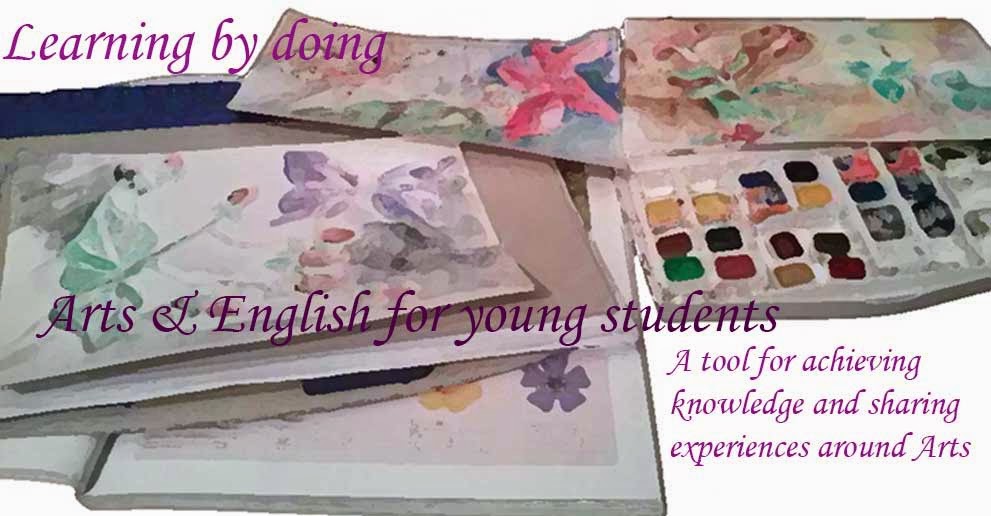Portrait of a Young Woman, ca. 1490–94
Tipo:
Tempera on panel, 44 x 32 cm
Medidas:
Lisboa, Museu Calouste Gulbenkian; inv. n. 282
Domenico Ghirlandaio’s (Italian, Florentine 1449-1494) beautiful "Portrait of a Young Woman," circa 1485, shown above, for example, greets the viewer in the second room. The luminosity and freshness of the subject, dressed in a red Florentine gown and wearing a coral necklace, is handled with a realism and naturalism typical of the last quarter of the Fifteenth century; She is a forerunner of Leonardo Da Vinci’s and Verrocchio’s realistic and pensive, yet timeless and poignant women.
1449 – January 11, 1494 Drawing portraits of the people who passed by his father’s goldsmith shop is how Ghirlandaio got his start as a young artist. Born Garrison di Tommaso Curradi di Doffo Bigordi, he got his name Ghirlandaio, which means garland-maker, from his father, who made well known garland-like jewelry that women adorned on their necks. Ghirlandaio had his first apprenticeship with the Florentine painter, Alesso Baldovinetti (1427 – 1499), and may have trained with Andrea del Verrocchio (1435 – 1488). While there is still some uncertainty about his young life, training and works, it is said that his first paintings were in Florence. These include Saint Jerome in His Study, a fresco done for the Chiesa di Ognissanti, or Church of Ognissanti, some of which he painted with his brothers, Benedetto and Davide, who worked in his studio. Much of Ghirlandaio’s work in the Ognissanti is accompanied by other frescos his contemporary Sandro Botticelli (1444 – 1510) did. The most acclaimed fresco in the Ognissanti is Ghirlandaio’s The Last Supper, a work said to influence Leonardo da Vinci. There is also Ghirlandaio’s fresco in the Ognissanti’s Vespucci Chapel, Madonna dell Misericordia, which shows her embracing the Vespucci family protectively. The young boy depicted under the Madonna’s right arm is said to be the young explorer, Amerigo Vespucci (1454 – 1512). Ghirlandaio’s painting style was bold and vivid, almost too much so for some critics of the time, as his colors seemed almost excessively bright. Though, his style was renowned for its decorative touch of grandeur and his natural sense of perspective and chiaroscuro (light and dark). This garnered his studio many commissions, including frescos in the Palazzo Vecchio (town hall of Florence) and The Sistine Chapel in Rome. In Tuscany he was commissioned for frescos in the Collegiata di San Gimignano and in Florence for the Sassetti Chapel of Santa Trinita, the Santa Maria Novella’s Ricci Family Chapel and for the Ospedale degli Innocenti. He had several prominent patrons, who he painted a number of portraits of; including the Medici family and the Tornabuoni family. His piece, Adoration of the Magi, from 1487 of the Giovanni Tornabuoni collection, has been at the Uffizi Gallery since 1790. His Stories from the Lives of Saints and Man of Sorrows, an altarpiece painted for the Santa Maria a Monticello is also at the Uffizi. This is only some of his documented work, and his frescos and altarpieces have and, in some cases, still do grace the walls of Italy’s churches. His most well known portrait piece is perhaps Old Man and his Grandson, which is now in the Louvre in Paris. His body of work had a lasting legacy in the Italian Renaissance, as well as being a teacher of Michelangelo (1475 – 1564), if only briefly. His son Ridolfo (1483 – 1561), also became a painter and was trained by Ghirlandaio’s brother Davide. "

